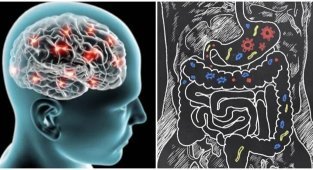He drinks a lot and doesn't get drunk. Doctors have found out who can tolerate alcohol the easiest (10 photos)
The state of health and the degree of intoxication depends not only on the amount of alcohol consumed, but also on individual markers and lifestyle. For example, those who eat a lot of fruit break down ethyl alcohol faster due to the high activity of enzymes inherent in these products. 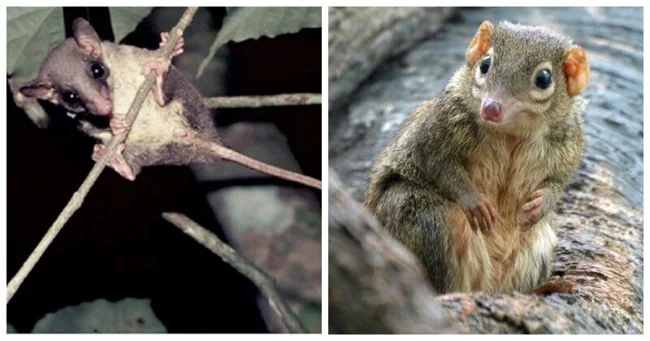
Some animals, having accidentally consumed fermented and alcohol-containing food, suffer from intoxication, while others digest without health consequences enough alcohol to knock down the average person and cause him poisoning. 
Researchers from the University of Calgary (Canada), having studied the DNA of 85 species of mammals, found that primates and chiropterans have equally high activity of genes responsible for the synthesis of alcohol dehydrogenases. These enzymes break down ethyl alcohol, neutralize it and convert it to acetaldehyde, which is then converted to acetic acid. It, in turn, is divided into water and carbon dioxide. 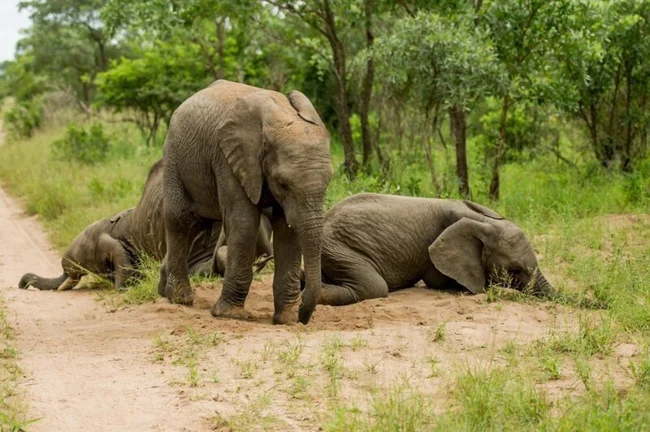
The more alcohol dehydrogenase in the body, and the more active it is, the faster ethanol is neutralized and the more of it an animal can drink and eat without getting poisoned or falling asleep. The action of one of these enzymes, ADH7 (it is the first to take effect after alcohol enters the body), scientists decided to observe the gene associated with it. 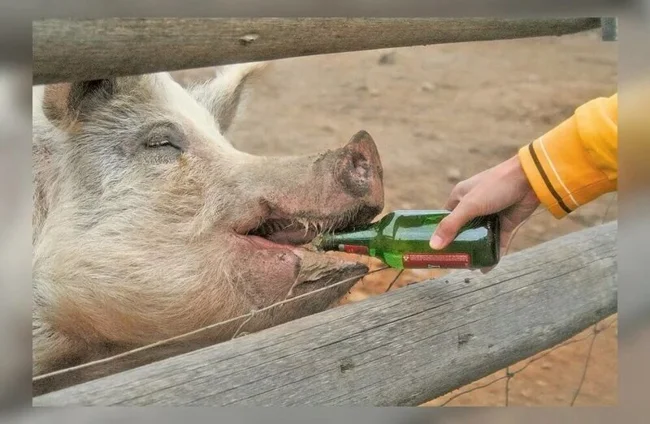
Information on this DNA link was collected from 85 species of mammals from different orders - rodents, chiropterans, primates, artiodactyls, proboscis, carnivores and cetaceans - and compared with their feeding habits. First of all, they took into account how much fruit the animal had in its diet. After all, the greater their volume in the diet, the higher the chance of encountering ethyl alcohol in nature - it is often formed in overripe and fermented fruits. 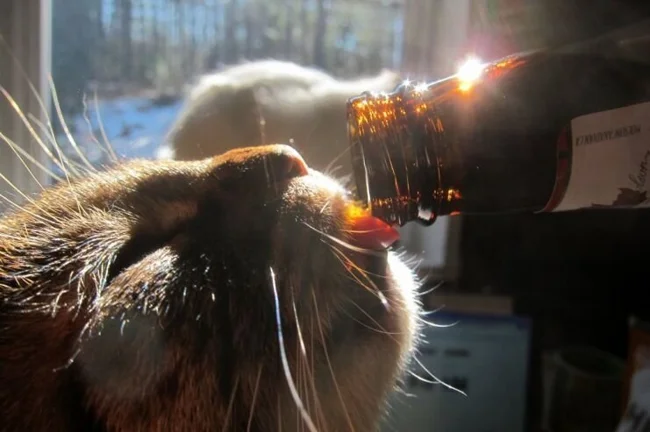
It turned out that the ADH7 gene is present in 79 of the 85 species studied, although in some - for example, horses, elephants and white rhinoceroses - it is already dormant and does not function. This means that these animals are not able to effectively break down alcohol and an unexpected encounter with a harmful drink can end very sadly for them.
But in those who eat a lot of fruit, as expected, they found increased activity of the “alcohol” gene. Among the most resistant to ethanol were bats, primates and some species of marsupials - in particular, the house possum (Monodelphis domestica). At the same time, in insectivores that eat everything, including fruits, alcohol dehydrogenase was not as active as the authors of the work assumed. 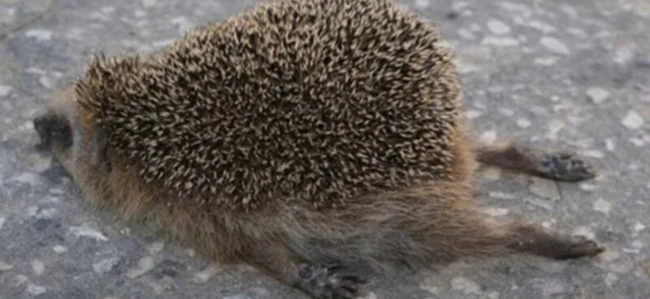
It may make the reader smile a little, but the lengthy work of Canadian researchers put an end to many years of discussions in scientific circles about alcohol addiction among African elephants. The fact is that these animals are very partial to marula (Sclerocarya birrea) - a tree common in South and West Africa. Its rotten fruits contain a large amount of ethanol - by the way, they are also used to make drink for people: the famous Amarula liqueur. Elephants in a state of mild and not very intoxicated were regularly observed by zoologists in those places.
Nevertheless, their skeptical colleagues completely denied the very possibility of the existence of alcoholic elephants, since they are not able to eat so many marula fruits at once to become “stiffened.” After all, elephants are very large animals. However, if their alcohol dehydrogenases really do not work well, then alcohol is not broken down and alcohol intoxication occurs quickly. This means that even a couple of fermented fruits are enough for an elephant to say, “One more and we won’t go to school.” 
Canadian doctors have concluded that mutations in the ADH7 gene increase the efficiency of alcohol dehydrogenase in humans by almost forty times compared to the ancestral form of the enzyme. The same is true for most primates, where naturally occurring ethanol becomes simply food and an additional source of calories.
However, zoologists from America have found that some animals can consciously look for fermented fruits, and when choosing between simple sugar syrup and syrup with added alcohol, they will always prefer the alcoholic option. We are talking about the Madagascar rupiosa (Daubentonia madagascariensis) and the slow loris (Nycticebus coucang). 
During the experiment, three adults—two loris and one loris—were offered non-alcoholic sugar syrup and syrups containing one, three, four, and five percent ethanol. As a result, the animals almost always accurately determined the amount of alcohol in order to combine “business with pleasure.”
As the authors of this study note, when choosing, animals were guided by the smell of alcohol and, probably, this is how in the wild they look for ripe, and therefore edible, fruits. 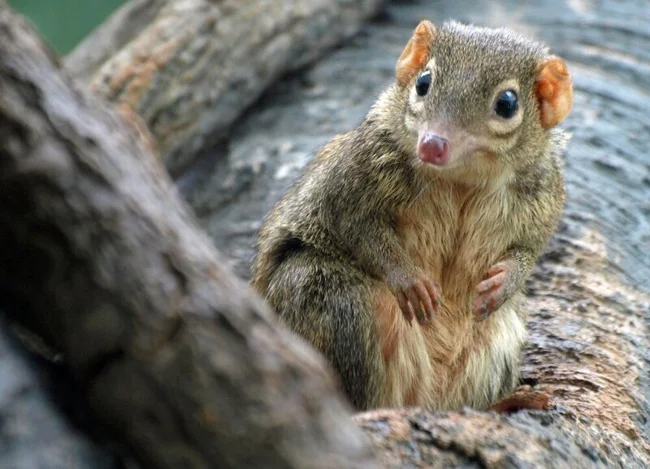
However, the champion in breaking down alcohol is not a person at all, as one might think, but a small animal that lives in the southern part of the Malay Peninsula, in the north of the island of Kalimantan and in Sumatra. This is the feather-tailed tupaya (Ptilocercus lowii) - a mammal that looks like a mouse. It lives in trees, feeds on insects and geckos, and is very fond of the nectar of the bertham palm (Eugeissona tristis), which contains 3.8 percent ethyl alcohol. 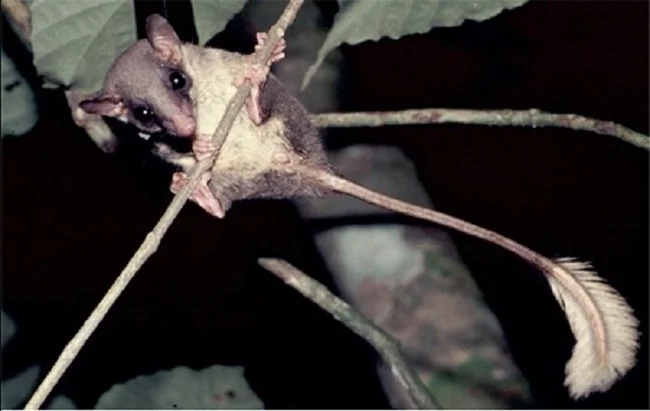
As German scientists have calculated, tupaya drinks as much alcohol per day as is contained in three liters of beer, and is constantly present in its blood.
alcohol level is 1.4 grams per kilogram of body. However, the animal is always in shape, although the same concentration of ethanol in the human body can lead to unpredictable consequences.
In addition, the animal does not have any diseases associated with alcoholism; the secret of this phenomenon has not yet been studied, but researchers guess that it is due to the activity of alcohol dehydrogenases.
